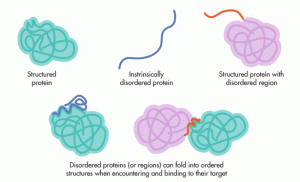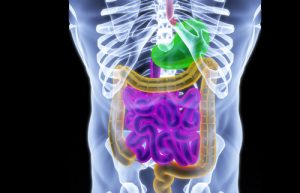Liquid Biopsy Boom
If liquid biopsies can prove effective as a diagnostic tool in the pre- and post-cancer settings, some in the industry predict the market’s value could balloon to anywhere from $20 billion to over $100 billion, according to a recent article BioPharma Dive.
Forentis finds this interesting, as much of our focus is on funding the research that can bring these types of diagnostics to market. Advancing precision medicine by applying new technologies like liquid biopsies is in our DNA. Liquid biopsies and clinical trial enrichment are critical to developing the precision treatments and companion diagnostics that will make precision medicine a reality.
“Another use of liquid biopsies is in clinical trials. As targeted therapies proliferate, pharma companies need to cast a wide net in order to enroll patients who match the specific criteria of drug studies. Using liquid biopsies to screen patients could greatly accelerate enrollment as well as lowering costs.”
What is exciting to us is that while the industry is focused on circulating tumor cell biomarkers, we are going deeper into the human biology. If you are interested in finding out more about how we are accessing multi-omic biomarkers – give us a call!








Recent Comments